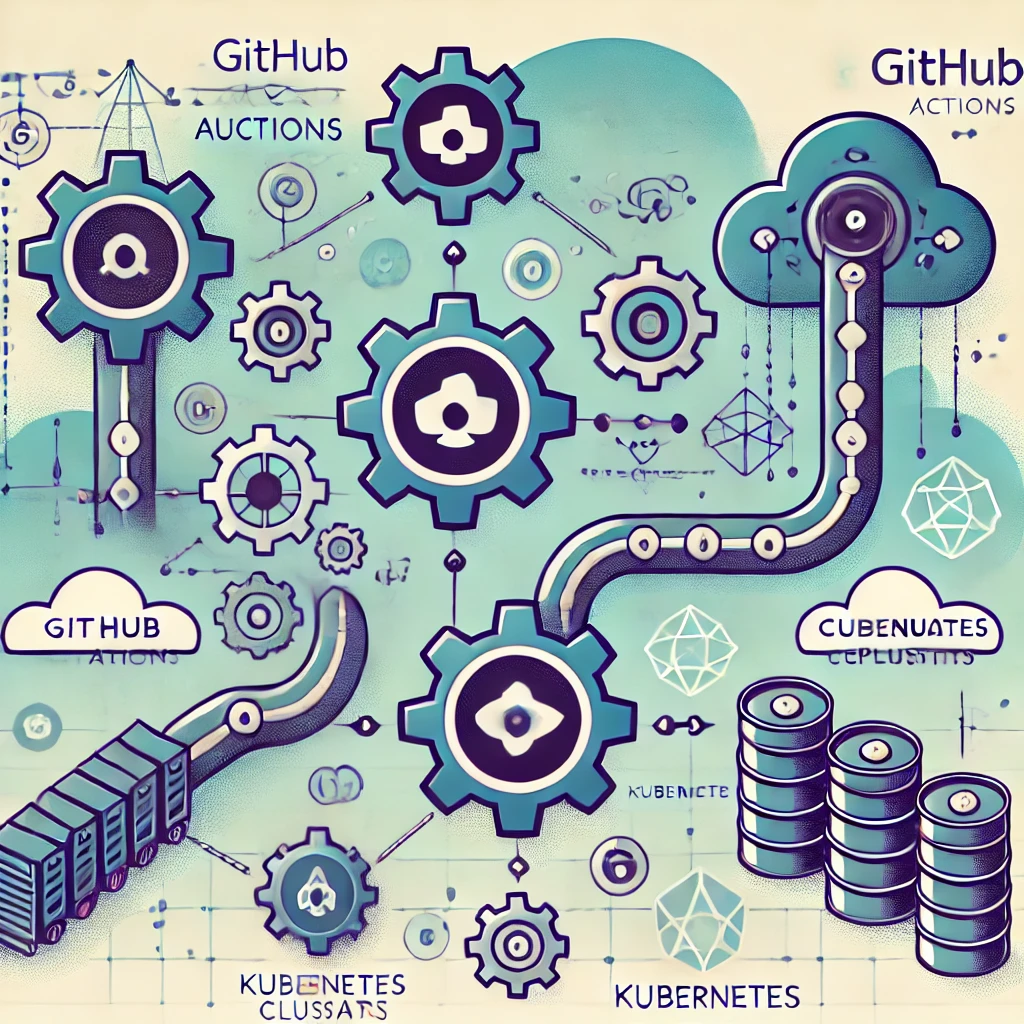In today’s fast-paced development environment, integrating DevSecOps into your workflows isn’t just a best practice—it’s essential. By blending Development (Dev), Security (Sec), and Operations (Ops) into one cohesive approach, DevSecOps ensures that security is a built-in part of the software development lifecycle (SDLC), not an afterthought. Here’s how you can successfully implement DevSecOps and why it’s transforming the way modern applications are built.
—
What Is DevSecOps?
DevSecOps expands on the principles of DevOps by embedding security throughout the SDLC. Instead of conducting security checks as a last-minute exercise, it incorporates automated tools and practices to detect vulnerabilities from the earliest stages of development. This proactive approach significantly enhances application security without sacrificing development speed.
—
Steps to Integrate DevSecOps
1. Shift Security Left
The cornerstone of DevSecOps is addressing security concerns early in the development process.
Adopt SAST Tools: Leverage tools like SonarQube and Checkmarx to perform static application security testing during code creation.
Secure Coding Practices: Train developers in secure coding techniques and conduct regular code reviews to ensure vulnerabilities are caught early.
2. Automate Security Testing
Automation is key to maintaining efficiency in a DevSecOps pipeline.
DAST Tools: Use tools like OWASP ZAP and Burp Suite for dynamic application security testing during runtime.
Container Scanning: Integrate tools such as Aqua Security or Trivy to identify vulnerabilities in containerized environments before deployment.
3. Continuous Monitoring and Feedback
Security isn’t a one-time effort; it requires ongoing vigilance.
Real-Time Monitoring: Tools like Splunk or the ELK Stack can aggregate and analyze logs for suspicious activity.
Anomaly Detection: Implement SIEM solutions to quickly identify and respond to potential threats.
4. Foster Cross-Functional Collaboration
Breaking down silos between development, security, and operations is critical for success.
Regular Meetings: Facilitate cross-functional discussions to align teams on security goals and share updates.
Collaborative Tools: Use platforms like Jira and Confluence to document policies, track progress, and maintain transparency.
—
Key Benefits of DevSecOps
1. Enhanced Security: Embedding security into the SDLC reduces vulnerabilities and ensures compliance with industry standards.
2. Accelerated Development: Early detection and resolution of issues prevent delays and reduce costly rework.
3. Improved Team Collaboration: Encouraging shared accountability across teams fosters a security-first culture.
4. Regulatory Compliance: DevSecOps simplifies adherence to frameworks like GDPR, HIPAA, and ISO 27001.
—
Conclusion
DevSecOps isn’t just a buzzword—it’s the future of secure software development. By integrating security seamlessly into your workflows, you can deliver reliable, compliant, and secure applications while protecting your organization’s reputation. Start by adopting small, incremental changes, such as automating security checks or shifting left, and build a culture that prioritizes security at every step.
In a world where cyber threats evolve daily, adopting DevSecOps is the smartest move your organization can make.

